Although yoga originated as one of the schools of Hindu philosophy and consisted of a spectrum of physical and mental deeply rooted in spirituality, the version of yoga that has been popularised today focuses much more on the different postures of yoga as a form of physical activity. It is an international activity that India takes pride to acknowledge as its own. On the occasion of International Yoga Day, TC46 took the opportunity to ask two yoga experts some practical questions that we have all had at some point.
We received expert inputs from Paramita Singh, a yoga practitioner and nutritionist as well as Sohan Singh, a yoga guru who has established several centres for the discipline throughout China. They shared their insights into the different aspects of yoga that produce varied benefits.
Sohan Singh focuses on yoga as a form of meditation to give our brains an energising boost. He discusses the value of mental discipline and consciousness through yoga in his responses.
1. What is the importance of meditation in yoga? How is it useful, especially with respect to mental illness?
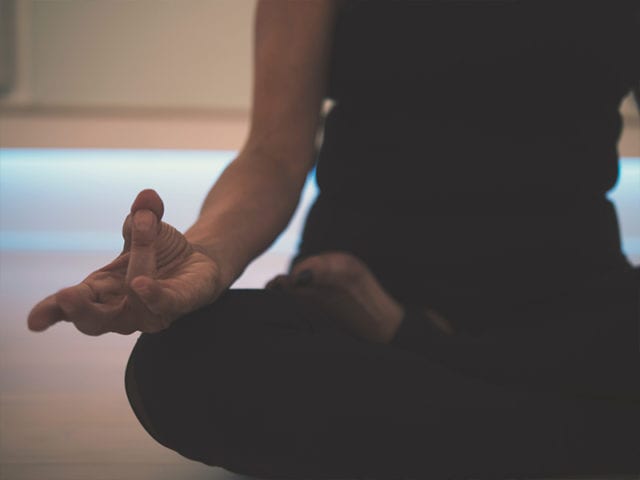
During these modern days, the practice of yoga training has been more alienated from meditation than in the past, with the primary emphasis being always on asana (positions), but meditation is still vital to even the most basic understanding of yoga science.
Meditation (known as Dhyana in Sanskrit) was part of ancient yoga and remains one of yoga practice’s most important features. Meditation is essentially the most straightforward way of communicating by cultivating deeper consciousness of the absolute or necessary ‘Self’ (Atman). And besides its spiritual sense, meditation and yoga are practised together in order to create and sustain optimum health and wellness. Meditation gives the consciousness of any action undertaken. The mind needs to be present along with the body in order to practice yoga asana correctly. This awareness in action takes the form of counting breaths, holding poses, correcting alignment and sequencing smoothly from one position to the next. This activity is carried out according to deliberate ‘mindfulness’, which is the true essence of every yogic session.
Meditation acknowledges that this physical activity is controlled by the mind, but there is even more about which the mind can be engaged. The addition of Mantras, Mudras, introspective thoughts and even visualisation will occupy the mind more fully so that the energies expended by the body will all work towards a single constructive purpose, bringing complete awareness and complete awareness into each action.
2. Would you recommend practising yoga, going to the gym, or a combination of both?
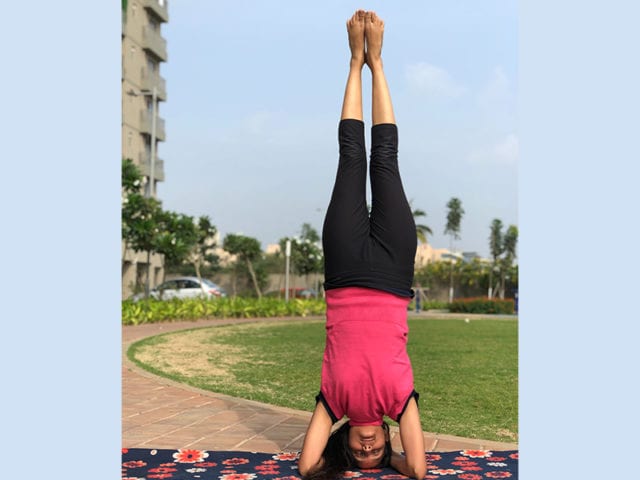
With the modern transition to health consciousness, your metabolism will be regulated by both yoga and workout. However, if you ask which of the two yields results in the weight loss department more strictly, the latter will win. That is because yoga is not built to drive you and burn fat or tone your body to the core. Power yoga is the only exception because it falls more into the exercise category. Once it comes to exercise, you lift your heart rate and remain in a fat-burning mode, something not for which yoga is intended.
I don’t recommend doing yoga or going to the gym; we recommend a combination of the two instead. Yoga is a great start if you have been sedentary for a while because it will train your mind and body in tough and demanding movements to relax them. You’ll find that hitting the gym gets a lot easier when you make improvements in strength and agility. Yet if you’re successful in the gym, you can leap right into yoga and still reap the benefits that it has to offer.
3. How does yoga help in combating certain diseases and illnesses?

The modern world is facing a pandemic of lifestyle disorders that require changes to be made consciously by individuals themselves since yoga is the best lifestyle ever designed. Yogic lifestyle, yogic diet, yogic attitudes, and various yogic practices help people reinforce themselves and develop positive health, thereby enabling them to better withstand stress. This yogic “health insurance” is achieved by normalising stress perception, optimising the reaction to it, and effectively releasing pent-up stress through various yogic practices.
4. Would you recommend it for kids and if yes, what would be an ideal age to start practising yoga?
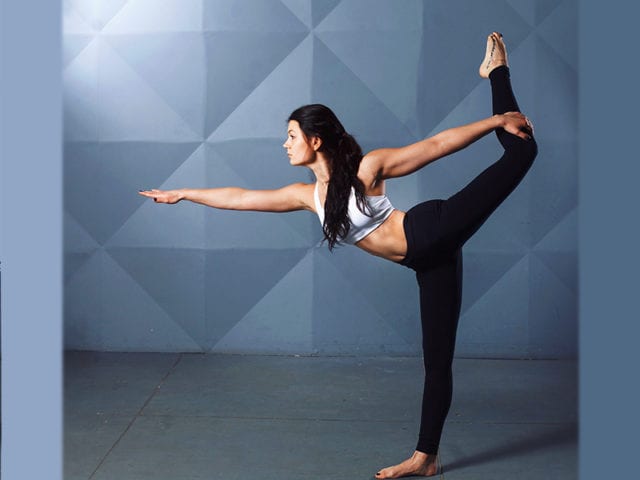
Yoga is a gift to humanity, and it should start early in life so that the practitioner can reap the benefits of this ancient practice for a lifetime. When you are young, there are some very significant advantages to starting yoga. The age of magic is 8.
5. How does yoga benefit women in particular with respect to menstrual cramps?

To women, yoga is a blessing for their menstrual cycles as yoga asanas for irregular periods help in regulating the cycle and may reduce symptoms of extreme PMS like anxiety and depression, when practised regularly. Many postures can reduce pressure on the uterus, and alleviate cramps, and the gentle stretching of yoga can ease discomfort and lower back pain. Regular meditation, which is a part of many yogic practices, can ease irritability, depression and moodiness.
Paramita Singh discusses practising yoga for weight loss, which is very relevant to our sedentary lifestyles of today. Her yoga advice was much more fitness and activity-oriented as she answered our questions about the benefits of yoga for weight loss.
1. How effective is yoga for weight loss?
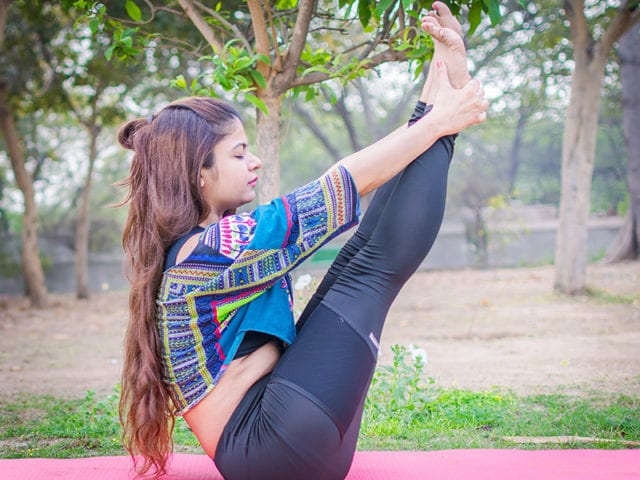
When it comes to weight loss, the rule is 80% diet and 20% physical activity. Yoga may not help you burn as many calories when compared to running or jogging but an intense practice of an hour at least 5 days a week can help increase your metabolism and tone your body. Portion control and a balanced diet is the key to losing weight. Combining it with yoga will give effective and lasting results. Yoga supports weight loss by keeping the digestion and metabolism up, balancing hormones, helps in focusing and curbs emotional eating by increasing body awareness. These yoga asanas for belly fat reduction are great to include in your daily fitness routine as it helps in strengthening abdominal muscles and fat reduction.
2. How does yoga help pregnant women and which asanas would you recommend?
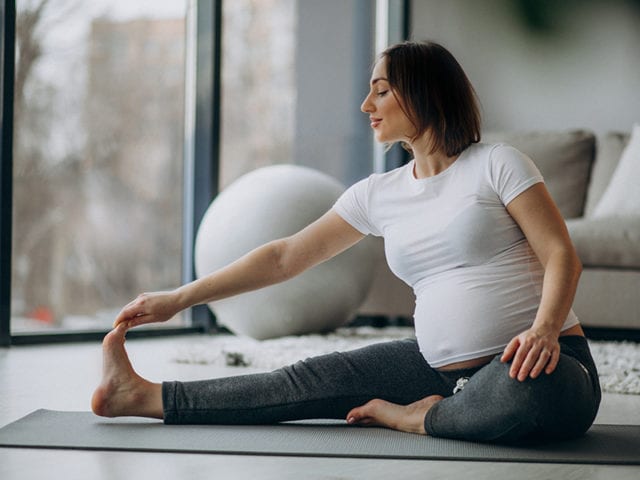
Practising yoga can impact positively a pregnant woman in a holistic way. In fact, a couple must start yoga practice well before conceiving as a preparatory step for pregnancy. It prepares a woman to have a strong foundation for childbirth. Yoga helps to keep the balance of body and mind during the whole phase of pregnancy. It helps to ease the anxiety and stress. Improves sleep, and reduces headache and back pain. It helps to manage nausea. It prepares for labour and helps in boosting endurance in pregnant women. Yoga during pregnancy must be done under the supervision of a certified yoga instructor, however, here are a few asanas considered to be safe and can be done based on one’s capacity.
- Tadasana (mountain pose)
- Vajrasan (diamond pose)
- Baddha Konasana (butterfly pose)
- Pranayam (breathing practices)
- Anulomvilom (alternate breathing)
3. What is the ideal time to practice yoga and how long should a session be?
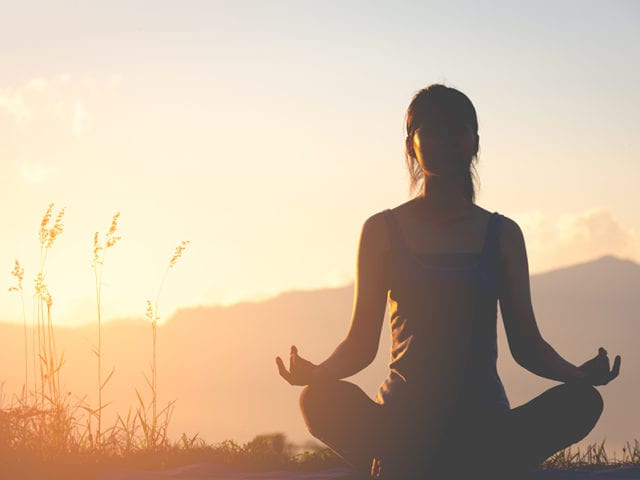
Based on yogic science, the best time is Bramha Muhurt (one and a half hours before sunrise), if you are looking at it as a spiritual practice. However, mornings on an empty stomach and evenings are the best times to practice yoga. Just maintain an empty stomach condition, there should be at least a 3-4 hour gap after a meal.
4. Would you recommend practising yoga, going to the gym, or a combination of both?
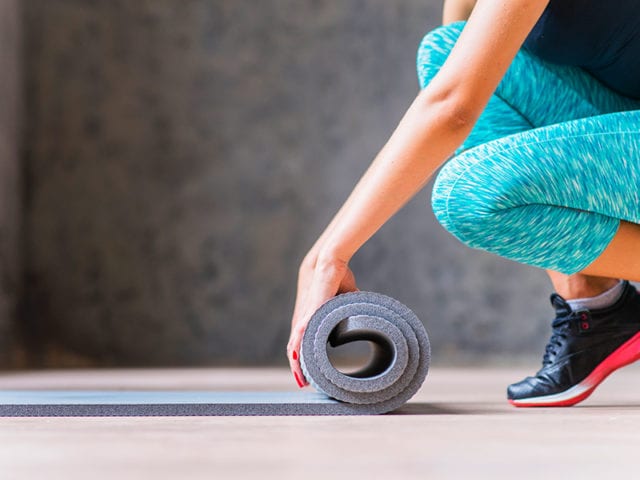
Yoga combined with the gym can be a great workout regime. However, it also depends on one’s fitness goal. Yoga is a great way to build natural strength, if you want to lift heavy and build muscle or want to increase muscular hypertrophy, combining yoga with the gym will help you to meet your goal faster.
5. How effective is yoga for women with PCOS? 5 asanas that work best for PCOS?
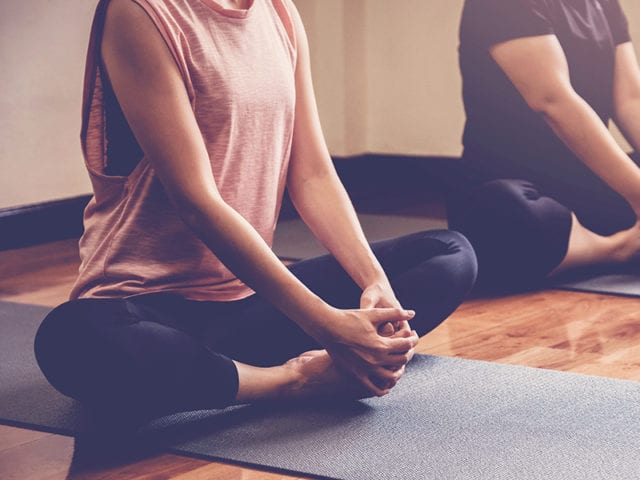
Practising yoga on a regular basis will help in improving the condition of PCOS. Women with PCOS tend to develop insulin resistance. It helps in balancing hormones and managing blood sugar. Anxiety is common among women with PCOS. Yoga reduces stress and anxiety by affecting sympathetic nerve activity.
- Baddha konasana (diamond pose)
- Janu Shirshasana (head-to-knee pose)
- Chakki Chalanasana (churning mill pose)
- Pachimotanasana (seated forward bend)
- Sun Salutation
In our hectic lives, it becomes very easy to ignore our physical fitness and mental health. So TC46 would like to thank our yoga experts, Sohan Singh and Paramita Singh for their valuable contributions and for reminding us that yoga is a lifestyle that extends well beyond the mat.

